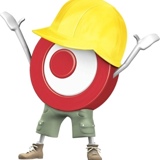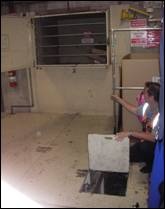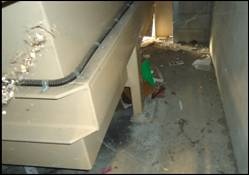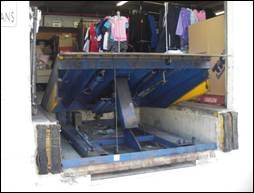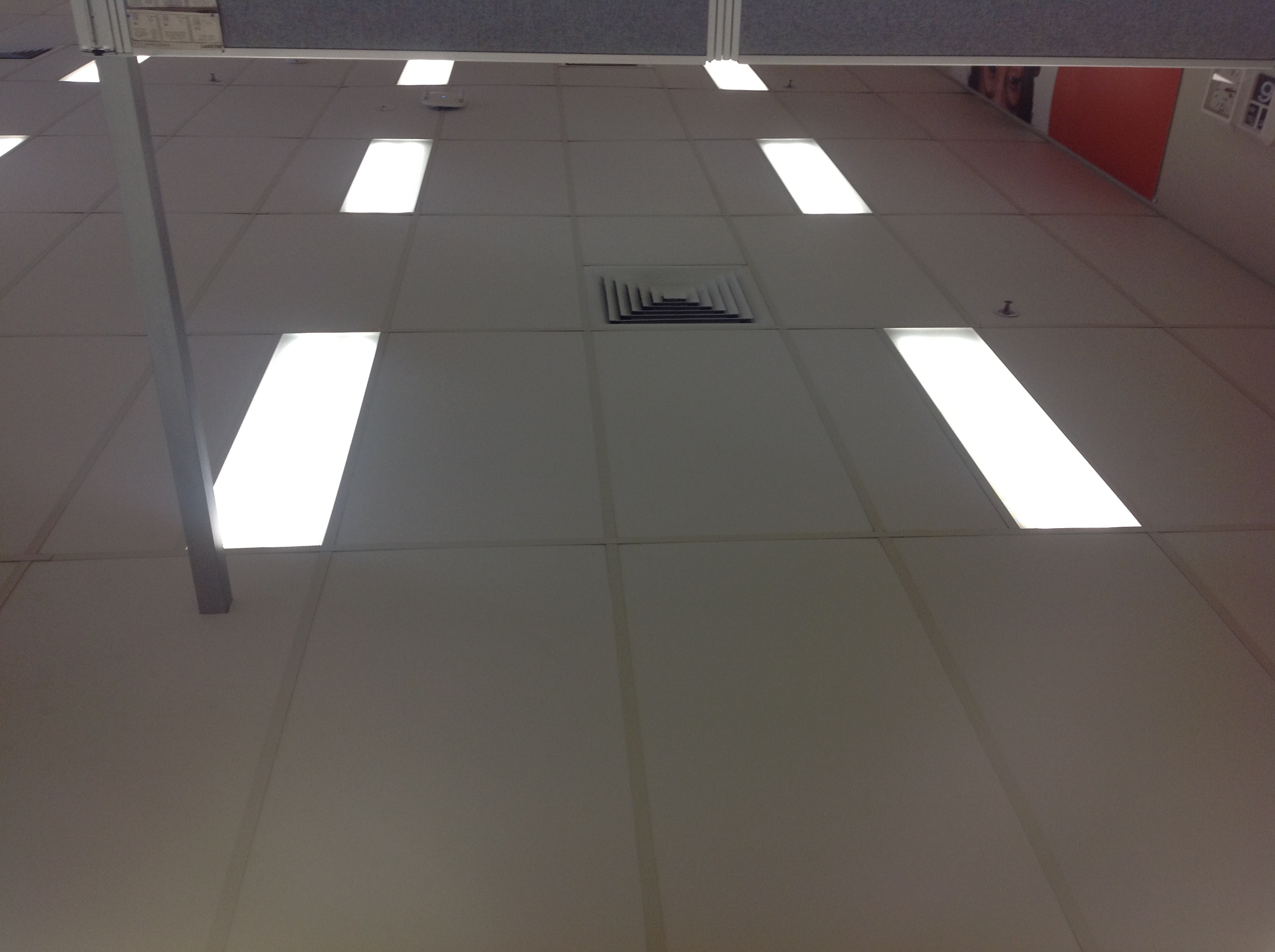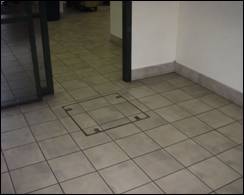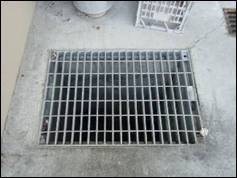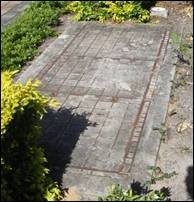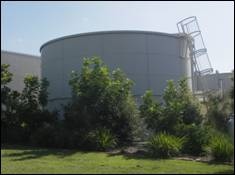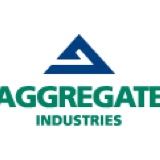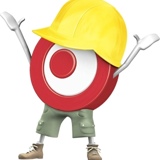Information
-
Document No.
-
Audit Title
-
Client / Site
-
Conducted on
-
Prepared by
-
Location
-
Personnel
-
What is a Confined Space?
A confined space means an enclosed or partially enclosed space that:
Is not designed or intended primarily to be occupied by a person; and
Is, or is designed or intended to be, at normal atmospheric pressure while any person is in the space; and
Is or is likely to be a risk to health and safety from:
o An atmosphere that does not have a safe oxygen level, or
o Contaminants, including airborne gases, vapours and dusts, that may cause injury from fire or explosion, or
o Harmful concentrations of any airborne contaminants, or
o Engulfment. -
How to determine whether a space is a Confined Space?
Entry to a confined space is considered to have occurred when a persons head or upper body enters the space.
A space may become a confined space if work that is to be carried out in the space would generate harmful concentrations of airborne contaminants e.g. Contractors performing maintenance work (welding, using hazardous chemicals, etc). -
Confined Space Identification Chart
Below are typical confined spaces found within Target Stores. Indicate which of these confined spaces are located within your store. Store Managers to complete page one only.
Internal
-
-
Compactor
-
-
Compactor - sub floor area
-
-
Dock Levellor
-
-
Ceiling Space
-
-
Sub Floor Access Hatch
-
Lift Pit
-
Other
External
-
-
Storm Water Pit
-
-
Sewer
-
-
Grease Pit
-
-
Water Tank (large or small)
-
Other
Confined Space Identifications
Summary
-
Is there a potential confined space in this store? <br>If yes complete a confined space identification audit for each potential area.
-
Complete for each potential confined space
Possible Confined Space
-
Location
-
Photos.
-
Dimension of Space / Drawing
-
Is the space enclosed or partially enclosed? <br>The risks of confined spaces are associated with how much of the space is enclosed, rather than the size of the space.<br>
-
Is the space not designed or intended to be occupied by a person?<br>Spaces with poor ventilation, inadequate lighting and restricted means of entry or exit are generally not designed for human occupancy. The entry or exit to the space could be restricted if the size of the opening and/or its location makes it physically difficult to get in and out of and difficult to remove an injured or unconscious person from the space. <br>
-
Is the space designed or intended to be at normal atmospheric pressure while a person is in the space?<br>Where a space is not normally at atmospheric pressure (for example a boiler) it must be brought to atmospheric pressure before a person enters the space, as part of the risk control process.
-
Is the space likely to pose a risk to health and safety from one or more of the following: <br>an atmosphere that does not have a safe oxygen level (a safe oxygen level means an oxygen content in air of between 19.5% 23.5%).<br>contaminants, for example airborne gases, vapours and dusts, that may cause injury from fire or explosion.<br>harmful concentrations of any airborne contaminants (if the contaminants are present at a concentration above the relevant exposure standard or if they are likely to cause impairment, loss of consciousness or asphyxiation).<br><br>engulfment, for example: any liquid including oil or water in which a person can drown, or any solid including fly ash, grain, sawdust and sand that can flow and form a temporary cavity or bridge, which may collapse and surround a person, cutting off their air supply.<br><br>
-
Confined Space?<br>A space must have answered "yes" to all of the questions above to be classified as a confined space.<br>If Yes assign a reference no: e.g. CS001 and add to the confined space register<br><br>
Entry Requirements
-
Purpose of entry
-
Entry Duration
- 30 min
- 1 hour
- 2 hour
- 3 hour
- 4 hour
- All Day
- Other
-
Frequency of Entry
- Weekly
- Monthly
- Quartily
- Half Yearly
- Annually
- Other
Risk Assesement
-
Entry<br>Is the space likely to or intended to be entered? e.g.: inspection of parts, maintenance requirements
-
Atmosphere<br>Is there a risk of the atmospheric pressure within the space changing to an unsafe level?<br>Prior to entering the space, is there any risk of the atmosphere being unsafe? e.g. fuel vapours, lack of oxygen due to decomposing material or explosive vapours.<br><br><br><br>Once inside the space, is there a risk of any harmful contaminant or process entering the space or being created from inside? e.g.: fumes, carbon monoxide or gas leak, pipes, ducts and sewers.<br><br><br><br>Are there any of the processes occurring inside or adjacent to the space likely to cause oxygen deficiency?<br><br><br><br>Can any other substance be introduced into the space whilst being occupied? e.g.: water, oil or fuel.<br><br>
-
Lighting<br>Could there be insufficient lighting?<br>Are there any possible hazards associated with the lighting in the space? e.g.: an explosive atmosphere
-
Electricity<br>Are any electrical hazards present?
-
Communication<br>Is continual communication between the personnel inside the space and standby difficult?
-
Personal Protective Equipment/Entry Equipment<br>Does the design, purpose or layout of the space require PPE irrespective of the work carried out inside the space?
-
Confined space signed?
Audit Signoff
-
File this audit in the stores sign in folder. Complete a confined space register for any confirmed confined spaces.
-
Audit completed by
-
Position
